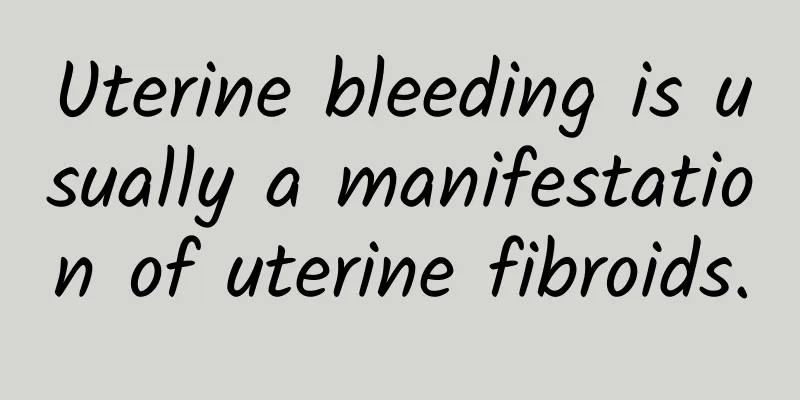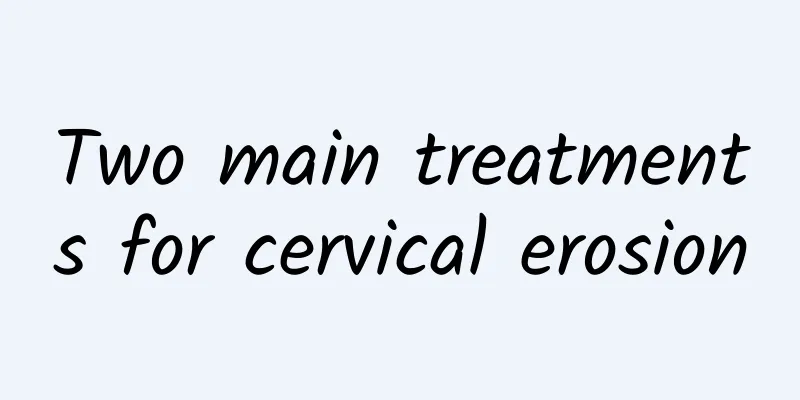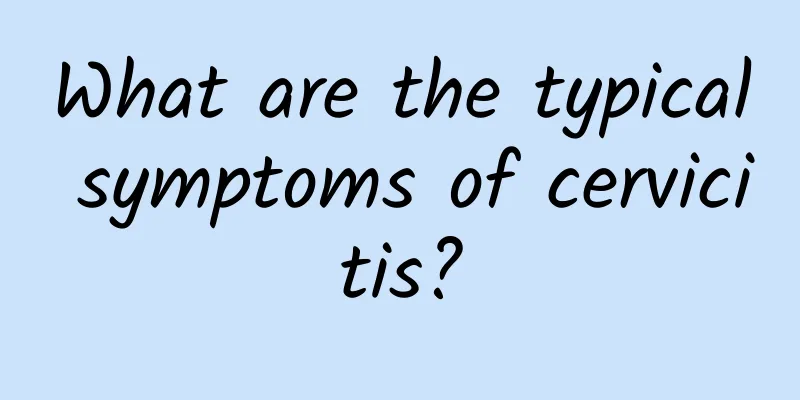What preparations should be made before artificial abortion

|
Artificial abortion refers to the termination of pregnancy by surgical methods at 3 months of pregnancy, including vacuum aspiration and curettage. Among them, vacuum aspiration refers to the termination of pregnancy by inserting a suction tube into the uterine cavity and sucking out the embryonic tissue with negative pressure; when the pregnancy is more than 10 weeks to 14 weeks and needs to be terminated, curettage is required because the fetus is large. The preoperative preparation content of each surgical method is not completely the same, as follows: 1. Preoperative preparation for negative pressure aspiration Medical history and physical examination: Detailed medical history of the patient: including amenorrhea, early pregnancy reaction and past menstrual history, marital history and contraceptive measures, past medical history and current health status, etc. At the same time, the patient needs to undergo a systemic and gynecological examination (patients with acute inflammation of the reproductive organs, acute stage of various diseases or severe systemic diseases who cannot tolerate surgery, and patients with body temperature higher than 37.5℃ twice before surgery are not suitable for surgery). Related auxiliary examinations: urine hCG examination, B-type ultrasound examination to confirm intrauterine pregnancy; routine leucorrhea, blood routine and coagulation function examinations; preoperative measurement of body temperature, pulse and blood pressure, etc. 2. Preoperative preparation for curettage Application of urinary catheter: A rubber urinary catheter is used to dilate the cervical canal. An appropriate type of urinary catheter is slowly inserted into the cervix 12 hours before surgery and removed after surgery. Application of related drugs: Oral, intramuscular or vaginal placement of prostaglandin preparations 3 hours before surgery to dilate and soften the cervix, etc. |
<<: CT manifestations of various types of uterine fibroids
>>: Dietary considerations for patients with ovarian cyst surgery
Recommend
Usually the early symptoms of ectopic pregnancy are just a small amount of bleeding
Ectopic pregnancy is a new invisible killer of pr...
Can cervical precancerous lesions be treated with medicine?
Everyone is familiar with cervical precancerous l...
Can I eat black chicken after a miscarriage? It can replenish qi and blood
The physical condition of female friends is often...
What department should I go to for pelvic peritonitis?
Now that life is getting better and better, women...
How much does an abortion cost?
Nowadays, many young people do not take contracep...
Experts briefly analyze the causes of secondary dysmenorrhea
Although the number of patients with secondary dy...
How to treat vaginitis?
First, it is necessary to identify the type of va...
Are the symptoms of vaginal candidiasis serious?
Some women may experience only mild symptoms, whi...
How can women prevent uterine fluid accumulation?
Uterine effusion can be divided into physiologica...
Are endometrial polyps serious? Will they turn into cancer?
Are endometrial polyps serious and will they turn...
Drinking ginger and honey water reduces appetite? Sweating ≠ weight loss
Recently, a weight loss recipe has been circulati...
What is a chocolate cyst?
What is a chocolate cyst? 1. Chocolate cyst is a ...
Pelvic inflammatory disease prevention and care
Pelvic inflammatory disease is often divided into...
Back pain and muscle tension will all disappear with just 2 moves! Quickly train the trapezius muscles and do waist stretching exercises while lying down
Do you often feel back pain? There are 2 great tr...
What are the nursing measures for menopause?
Nowadays, menopause has become a very common gyne...









